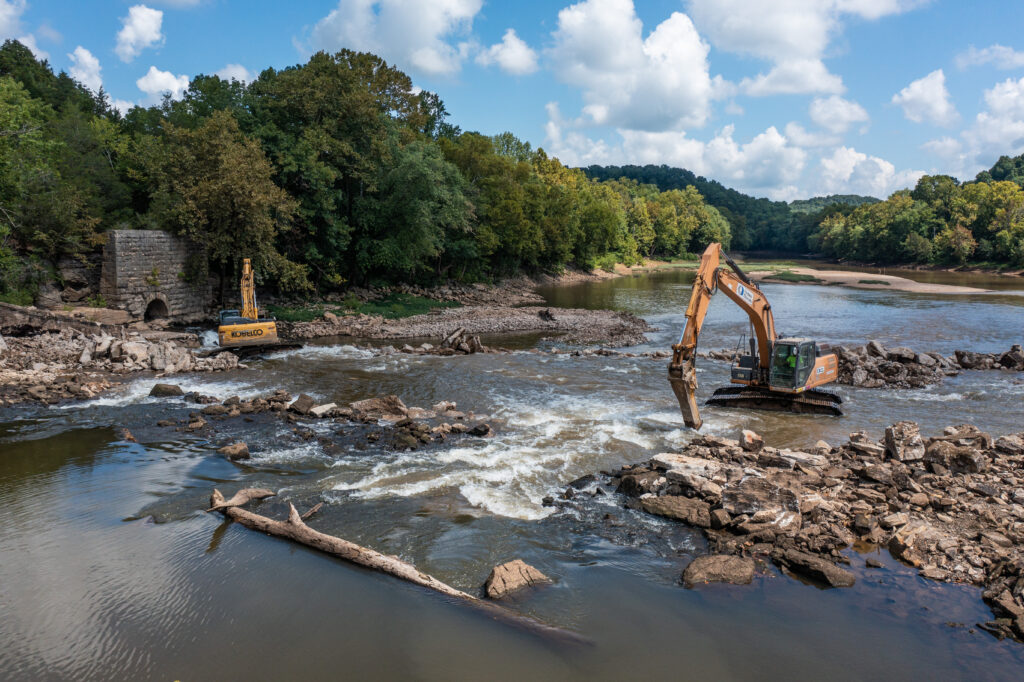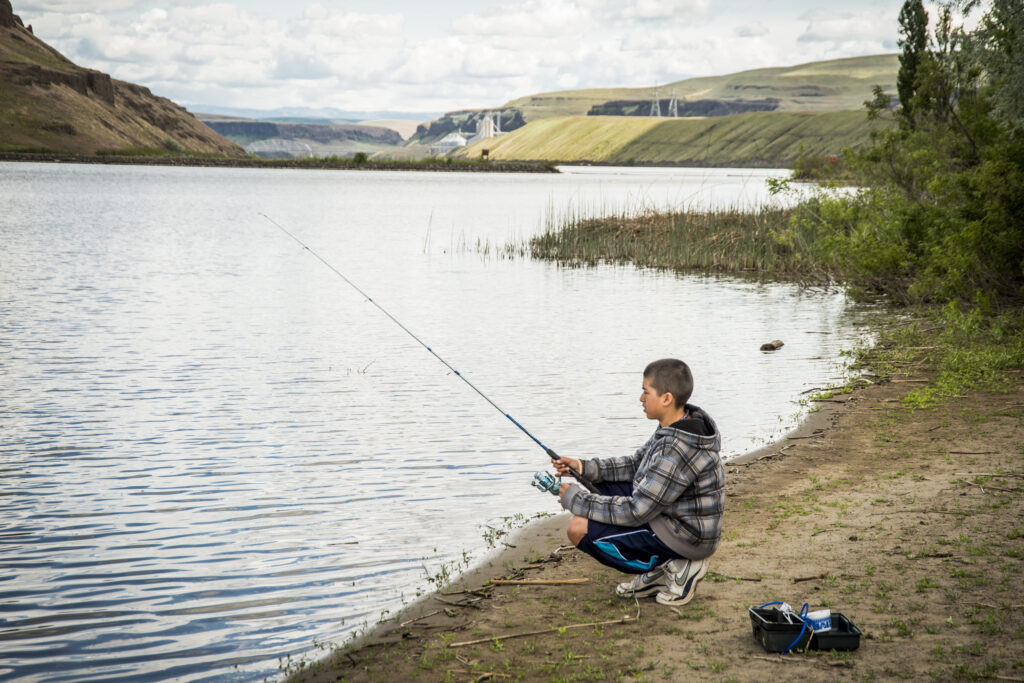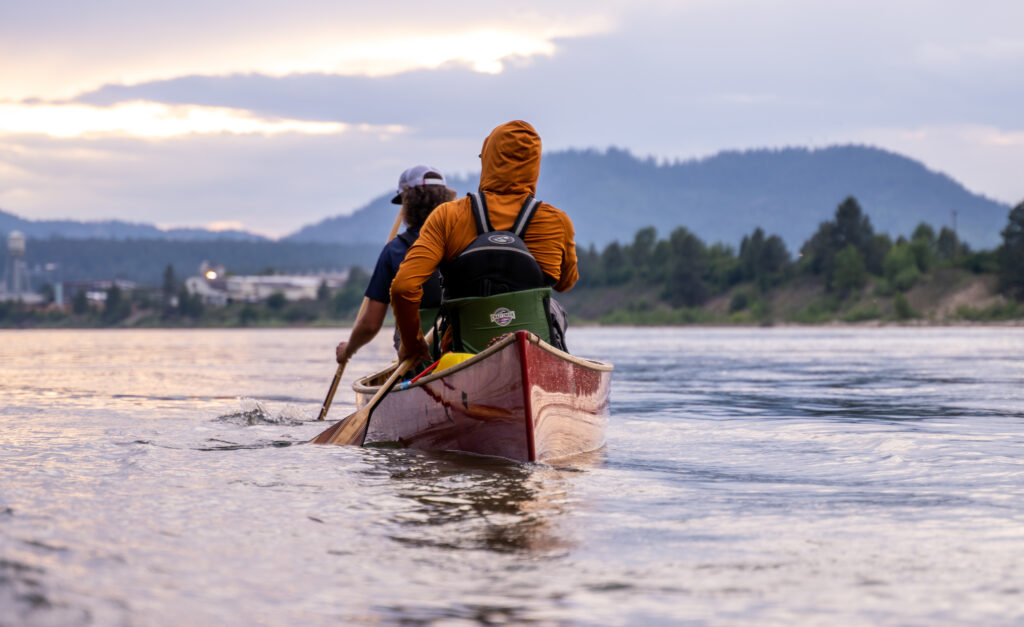This article was first published in The Spokesman-Review on July 16, 2025.
While much attention goes to what divides us, I think we have more in common than not. That is the lesson from the Yakima River, where government, the Yakama Nation, conservationists and agriculture have united to address urgent water and salmon scarcity in central Washington. It’s a successful model we can apply to the Columbia Basin.
In 2023, the U.S. government, the states of Washington and Oregon, and four tribal nations set aside decades of confrontation over dams, fish conservation, and treaty rights and signed the Resilient Columbia Basin Agreement. It was deeply disappointing, then, when the executive memorandum came down last month, withdrawing the federal government from this historic $1 billion commitment to restore the Northwest’s primary river basin.
As a lifelong conservationist, I felt profound loss for the region I love and strive every day to protect. A healthy Columbia Basin is the linchpin of life in the Pacific Northwest. Our clean water, our farms, our energy, our salmon and the 137 known animal species they support, our intertwined local economies – all of this, and more, depend on the river.
Ending this federal investment is a setback, but it doesn’t mean threats to the Columbia and its tributaries, including dams, habitat loss, overharvesting and warm waters, have also disappeared. Where does the Pacific Northwest go from here? Giving up on the Columbia Basin is not an option. We must find another way, rooted in collaboration and shared values.
Occasional increases in salmon returning to the basin are held up as signs of hope, but sadly, they don’t tell the whole story. What matters most for long-term recovery are unique populations of healthy and abundant wild fish. The scientific reality is grim. Returning stocks of Columbia River fish are nowhere near the interim goal of 5 million by 2025, set by the Northwest Power and Conservation Council in 1987, let alone the 10 to 16 million wild fish that returned historically.

Tell Congress to Fund River Restoration
Put public safety first and provide dedicated funding for the regular upkeep, rehabilitation, or removal of dams. Tell Congress to invest in healthy rivers for future generations.

“Context is important when we’re talking about fish status and facts,” -a fisheries biologist for the Nez Perce Tribe explained at a news conference last month.
Of the 16 salmon and steelhead stocks that once spawned above where Bonneville Dam sits today, four are extinct and seven still listed under the Endangered Species Act. In the Snake River basin, spring/summer stocks of chinook salmon are nearly functionally extinct. These are signs of a continuing crisis. They should motivate all who live, work and depend on these rivers to come together on local solutions.
We know how to restore the Columbia. We have a blueprint based on decades of relationships, knowledge and expertise that addresses thoughtful actions for recovering salmon. At the same time, we must ensure tribes, communities and the farmers who support a multibillion-dollar agricultural industry thrive. Washington state agencies must complete their studies into how services provided by the four dams on the lower Snake River can continue when the dams are breached. The state Legislature directed agencies to plan for service continuity in four areas:
- Transportation alternatives to wheat barging along the lower Snake
- Water from a free-flowing river for farms and municipalities
- River recreation
- Clean energy projects in lieu of hydropower. So far, these studies show great promise
The reservoir behind Ice Harbor Dam irrigates up to 55,000 acres of farmland, and Lewiston and Clarkston use the reservoir behind Lower Granite Dam for municipal water. A plan by the Department of Ecology shows there will be more than enough water in a free-flowing lower Snake River to cover these needs. Likewise, the Department of Transportation’s initial work on rail and road options for moving wheat from Eastern Washington, Idaho and Oregon looks viable.

Boaters, hikers, fishers, jetboaters, whitewater rafters and the cruise industry provided input to the Recreation and Conservation Office about the benefits and tradeoffs of restoring a free-flowing river. The state’s energy study will be completed in 2026. Given that the four dams on the lower Snake generate just 4% of the region’s total electricity, there is every reason to feel positive about alternatives here, too.
We have work to do in the Columbia. Fortunately, the tribal leadership and the state, community and environmental groundswell remain. It’s up to us to stay connected on a vision for healthy rivers, a strong economy, and vibrant communities. Instead of maintaining status quo in a world that can no longer sustain it, we can reimagine and work toward a thriving region for everyone – now, and for future generations.


